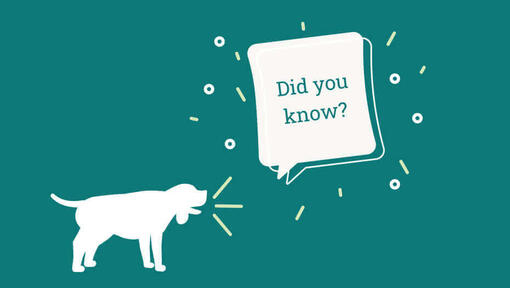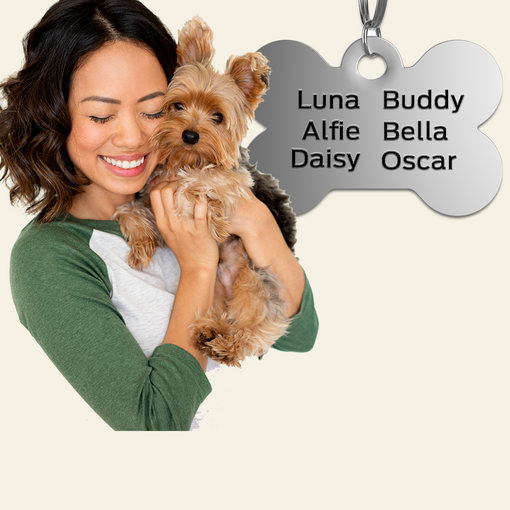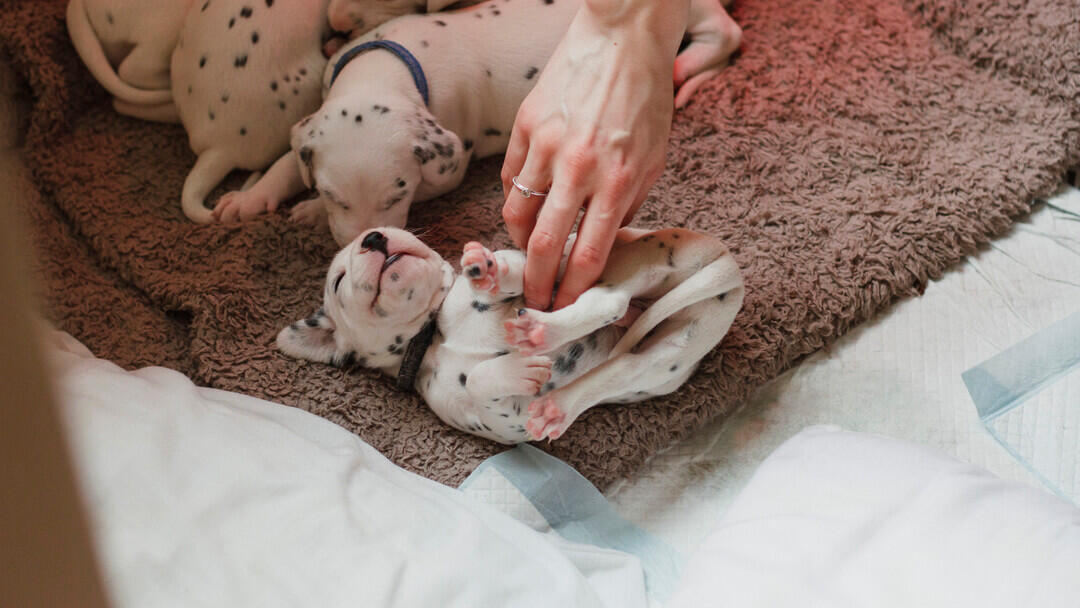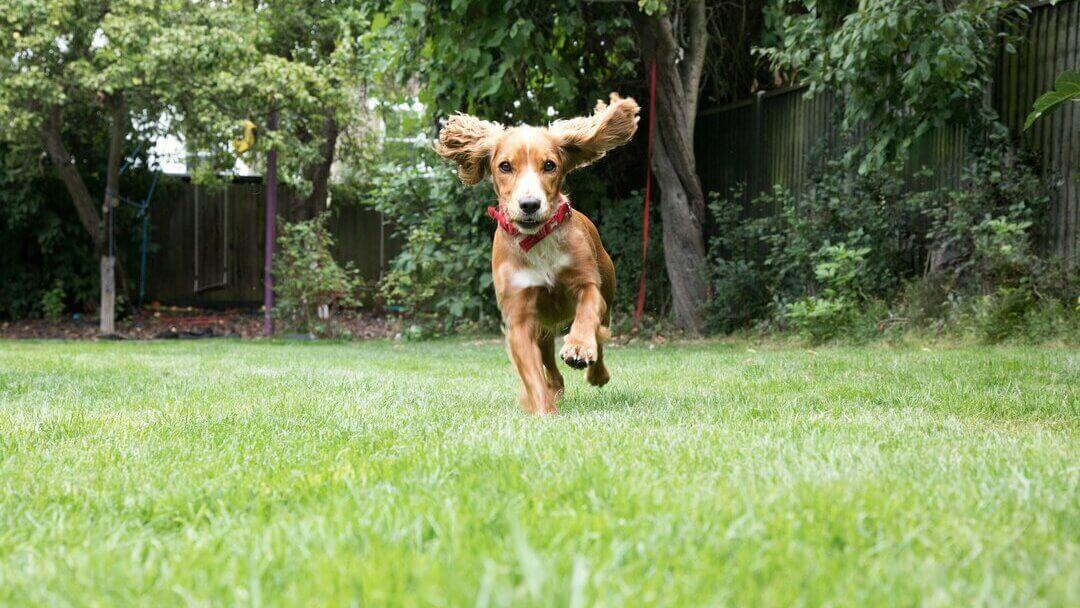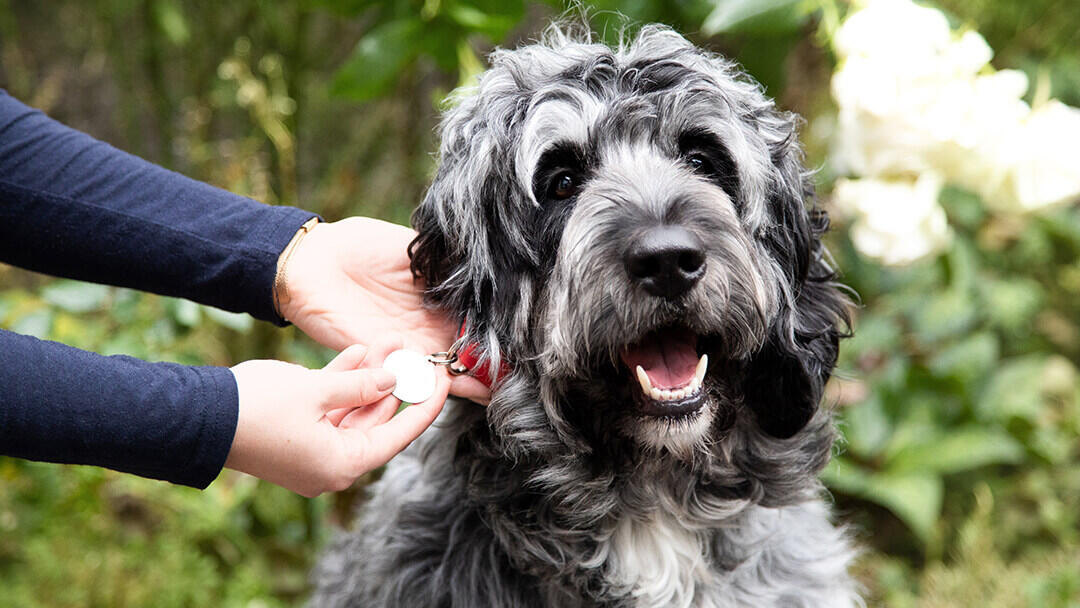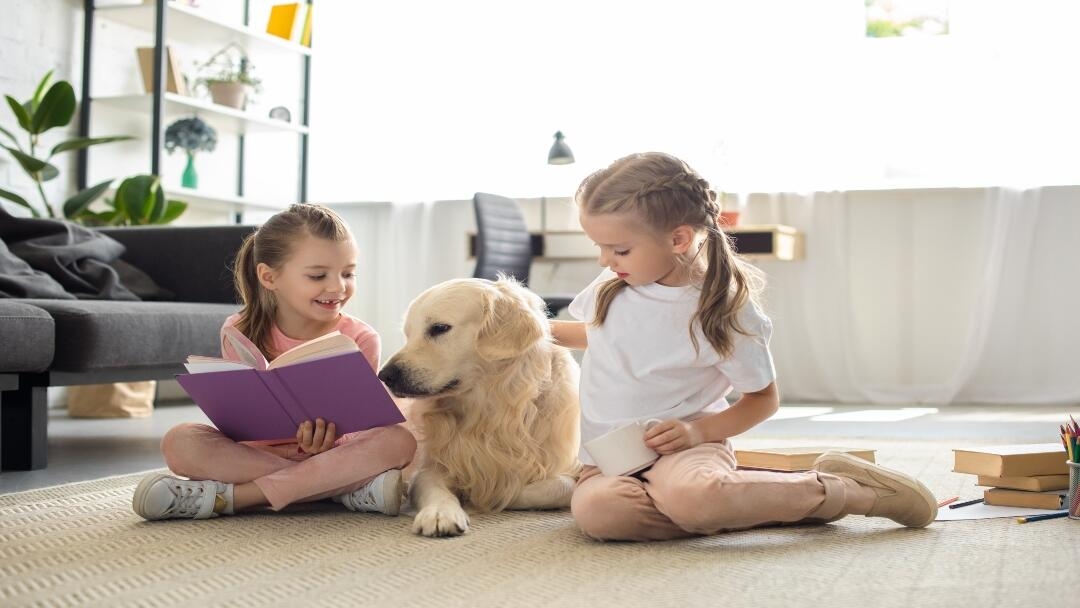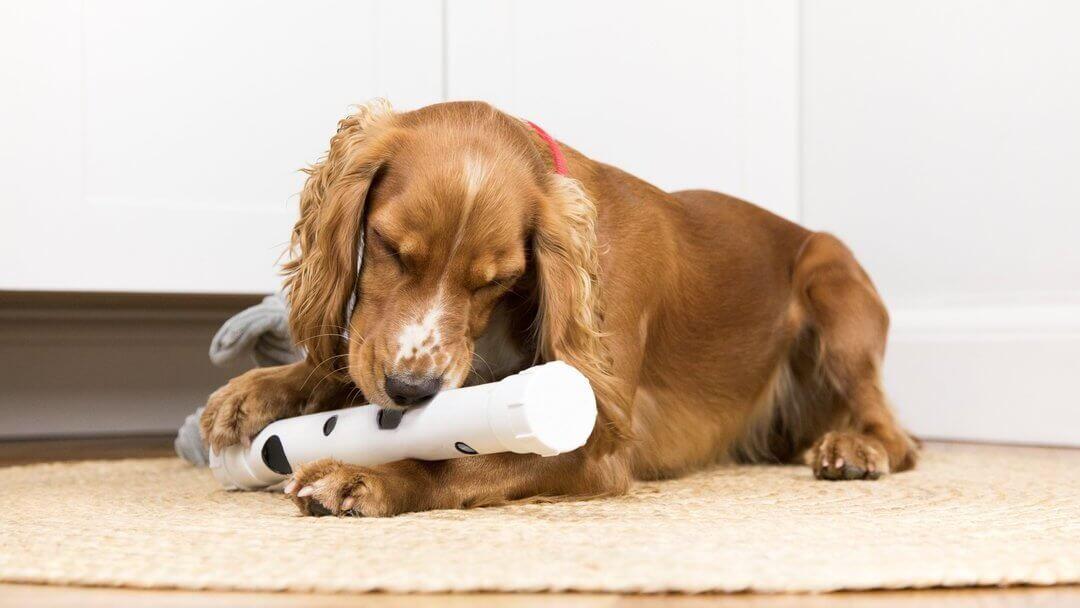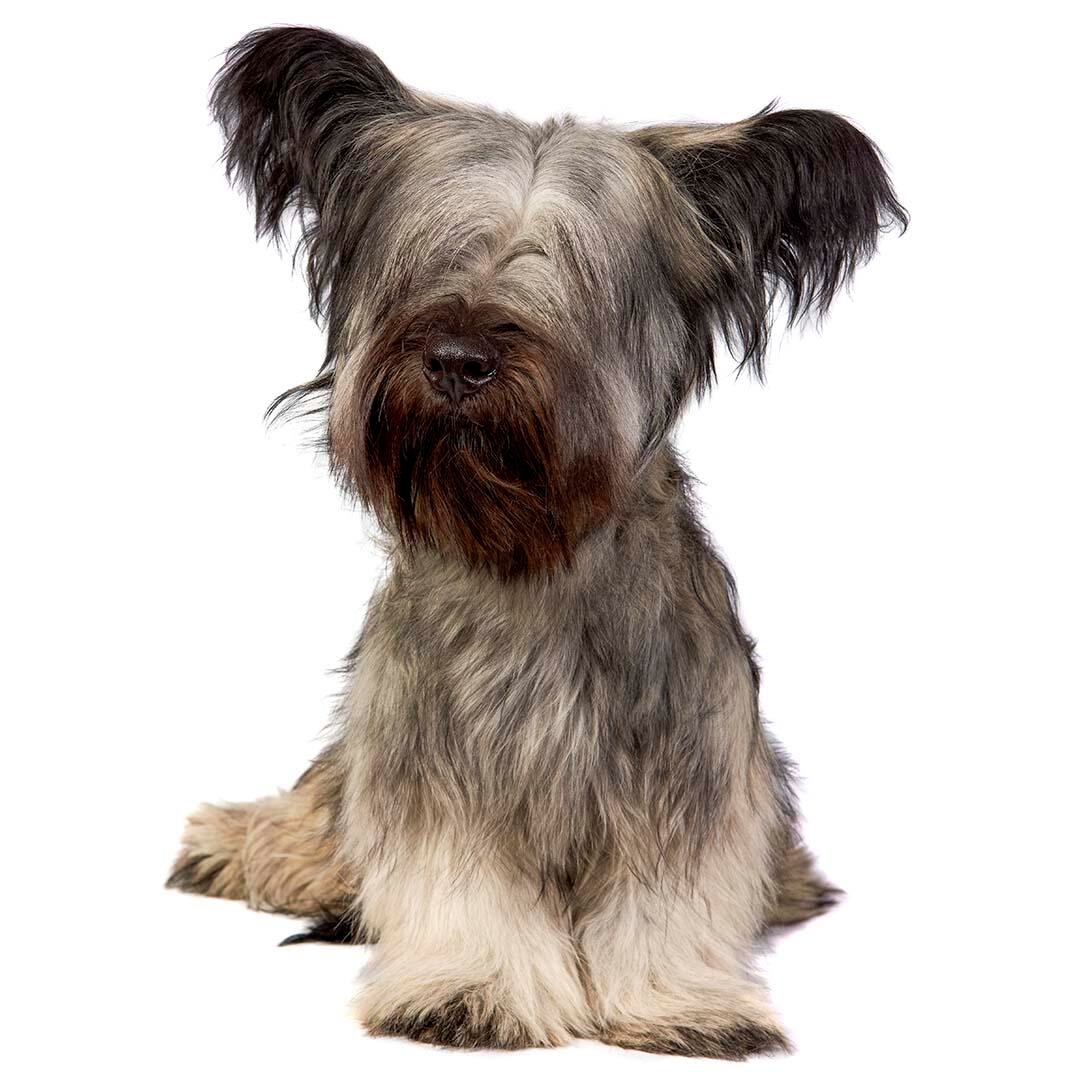
Originating in the rugged Western Isles off Northern Scotland, the Skye Terrier takes its name from the Isle of Skye, where their tough, tenacious nature and short legs allowed them to go to ground after their quarry.
Once Queen Victoria acquired a Skye Terrier in 1842 however, this breed’s popularity as a show-dog and companion increased dramatically, and as a result the breed was altered physically. They became longer, heavier and a more profuse coat was encouraged, but the terrier characteristics, a ‘never say die’ attitude and a strong belief that they are far bigger than reality remains to this day.



